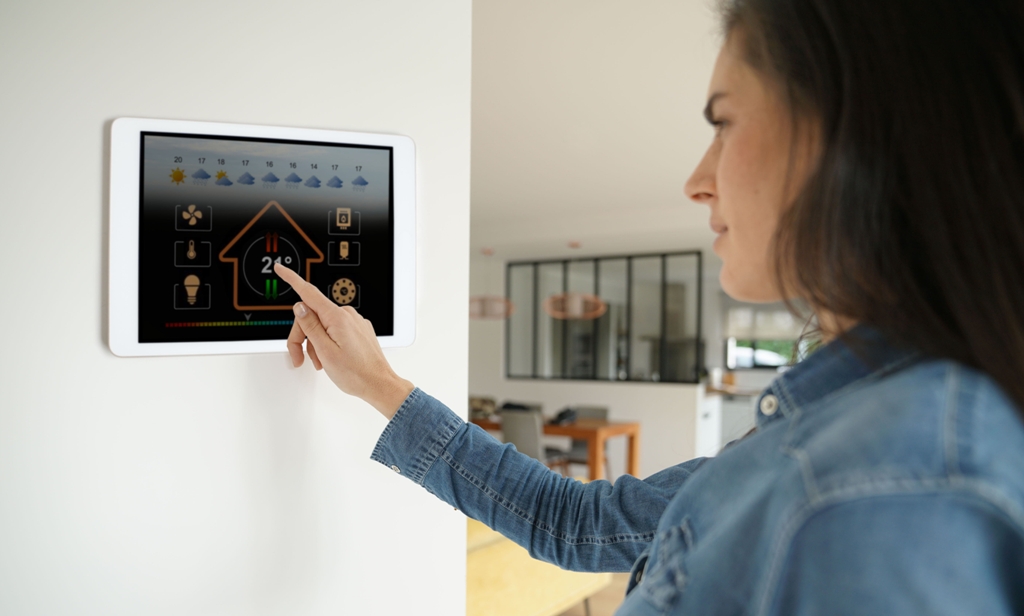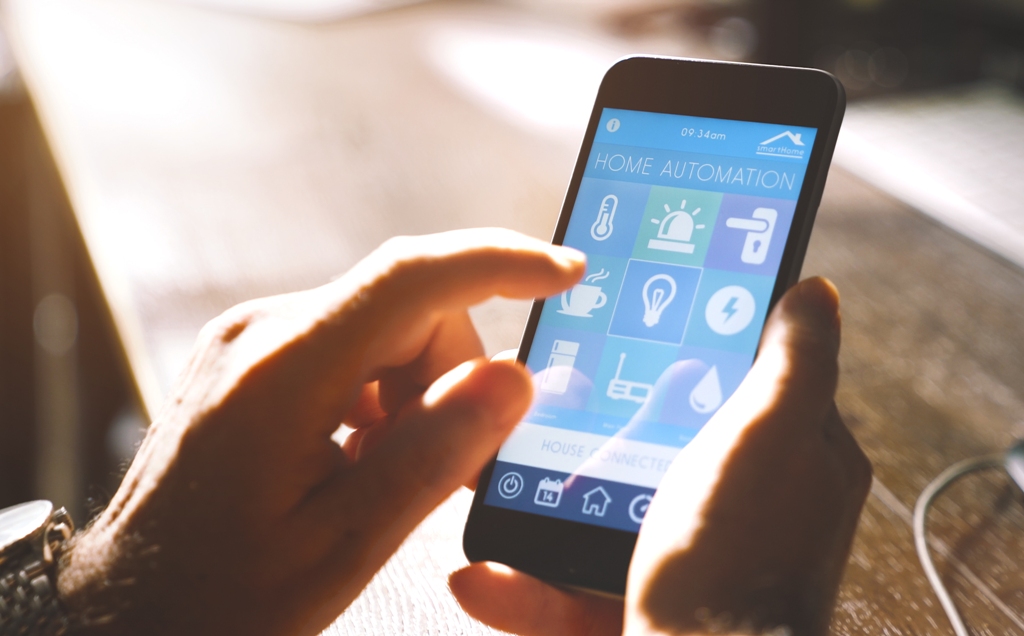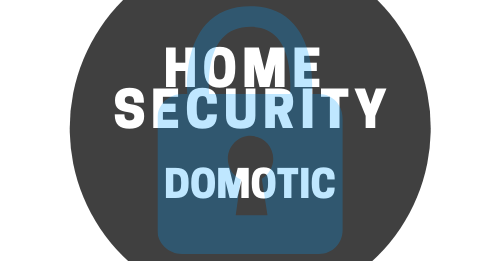What is a Connected Home

Summary
– How a connected home works
– Advantages of a connected home
The “connected home” is an expression to designate a home where several elements are controlled remotely, possibly in an automated manner: heating, lighting, alarms, etc.
When several devices are connected via a central command, we speak of home automation.
The first installations of this type used specific wiring to connect the various devices to the central control. From now on, no more need for cables or complex installation: the devices are directly connected to the Internet via Wi-Fi. You can control them from your smartphone:
– either you control each device separately;
– or you control several devices via a dedicated application;
– or control several devices via a central Wi-Fi box, which you can control from your smartphone.
How a connected home works
The connected home, also called “smart home,” is based on a simple concept: devices can communicate, either with each other, with you, or with a central automated control system.
To communicate, two types of technology are possible: wired or wireless.
Home automation through cables
Very reliable, allowing a successful and personalized management of its equipment, the home automation installation by cables can use several technologies:
– PLC, which offers the advantage of using existing electrical circuits;
– Ethernet;
– BUS: low voltage wiring;
– etc.
These cables can be connected in different ways. However, the wired installation is complex and requires the intervention of a professional.
Attention: when installing, be sure to anticipate the inevitable evolution of your needs: additional cables, etc.
Wireless, for a scalable and straightforward installation

The wireless technology corresponds to several types of technologies:
– Infrared, which, however, requires to be in the “visual field” of the equipment (remote control);
– Magnetic field, which is ideally suited to the needs of an alarm system, for example, with the use of magnetic cards as a recognition “signature”;
– there are specific wireless technologies for home automation installations via relatively complex dedicated protocols (X10, ZWave, ZigBee…) that use radio waves;
From now on, to control a device remotely, it is enough that it is “connected,” i.e. that it connects to the home’s Wi-Fi.
Note: Home automation boxes link the connected objects through smartphone apps to centralize the commands of the house.
Advantages of the connected home

The programming of equipment, their intercommunication, and your ability to operate them remotely offer many advantages.
Energy saving
Home automation combined with the connected home can reduce your energy bills by up to 40%. For instance, adjusting the heating in each room at the desired time, presence sensor to manage the appropriate temperature, open window sensor, shutter programming (to let the sun’s heat in winter or avoid it in summer…).
Thanks to automation and sensors, the interrelated electrical equipment controls your energy consumption (heating, lighting, water, ventilation, etc.) as accurately as possible while keeping the comfort of occupied areas under control. Your connected thermostat allows you to
– adjust the temperature of each room,
– turn off or on a heating system remotely,
– track your consumption by an appliance.
You can also control the lighting in each room from your smartphone. If your home is also equipped with home automation, you can turn off or adjust your lighting intensity with a simple click of the hands.
Note: In the future, electricity providers will offer attractive rates for specific time slots and periods of the year. Thanks to smart meters and your connected home, you will be able to manage your consumption to make significant savings on your bill.
Lifestyle and energy
Home automation programming allows you to define scenarios that you determine according to your specific needs, avoid unnecessary heat loss, and mitigate the risks of forgetfulness or security. The programming will be different if you are permanently at home, more present at the weekend or often on the move.
With the Internet connection, you can also control and interact remotely. You forgot to turn off a radiator or close the shutters while you were away? A few clicks on your smartphone, and you’re done! You can also monitor your electricity consumption, room by room.
Note: it is possible to connect your house with weather sensors that will optimize the regulation.
Security
Smoke and CO (carbon monoxide, a deadly gas) detectors prevent fires and accidents due to malfunctioning heating appliances (stove, fireplace, boiler). On the other hand, presence detectors or cameras can detect intrusions in your home. There are now cameras connected to your smartphone with an alert function that, for $100 to $300, allows effective monitoring of your home remotely.
You can also use cameras to monitor a baby, but also dependent or older adults. If the latter can also be equipped with manual alarms, a connected house can also be equipped with presence detectors with alerts on smartphones. The objective is to be warned in case of discomfort or fall, for example.
You can also install connected electrical outlets that can be controlled remotely and programmed. The cost of each socket is between $30 and $150.
Attention: even if the house is called “intelligent,” you are the one who keeps the control. Indeed, you are the one who must set up all these alerts and connections according to your convenience and your life habits.
The comfort
This equipment and this programming also and above all offer comfort of life. In addition to optimal temperature control, you can create sound and light ambiences, automate lights and shutters, control several electrical outlets with a single click, etc.
The connected home also means lists of missing items in the refrigerator, a centralized reminder on the central screen of your home automation system, and your smartphone, not forgetting the control of your coffee maker or your TV.
Home automation is constantly adapting to your changing needs. You can modify the programming of usage scenarios endlessly. Moreover, many applications are emerging. With connected objects multiplying, it is up to you to imagine what “intelligence” you will give to your home.
We will probably soon be able to do without door keys, thanks to a smartphone application that can unlock the door as we approach… Provided we don’t lose or damage our mobile!
Beware: the enemy of the connected house is… the power failure! Here, maybe we will need a small generator to unlock doors and shutters just in case.
I hope you liked this post. Remember to share and comment.

1 thought on “What is a Connected Home”